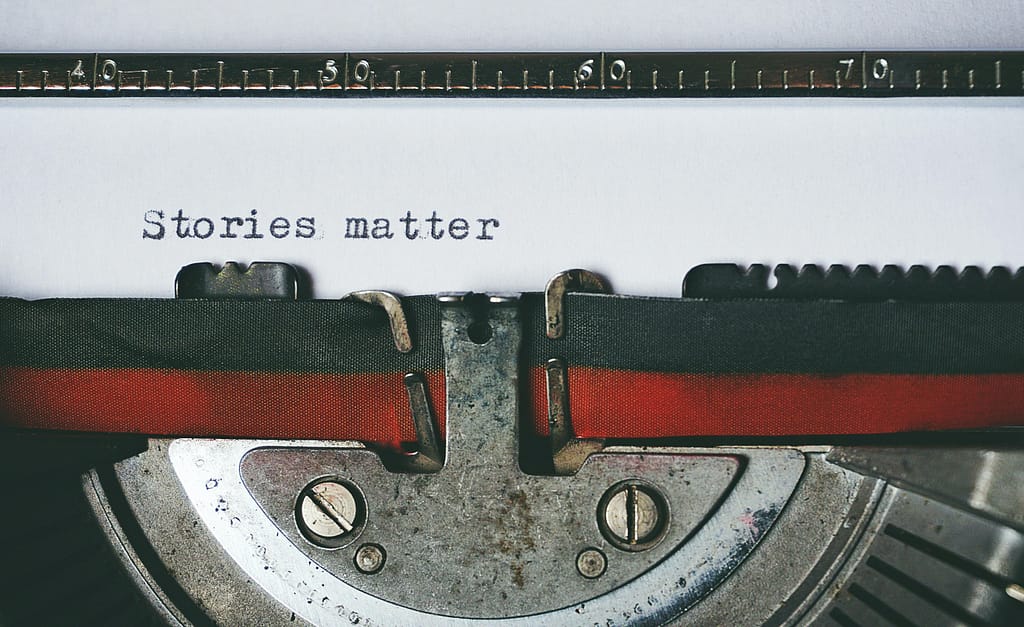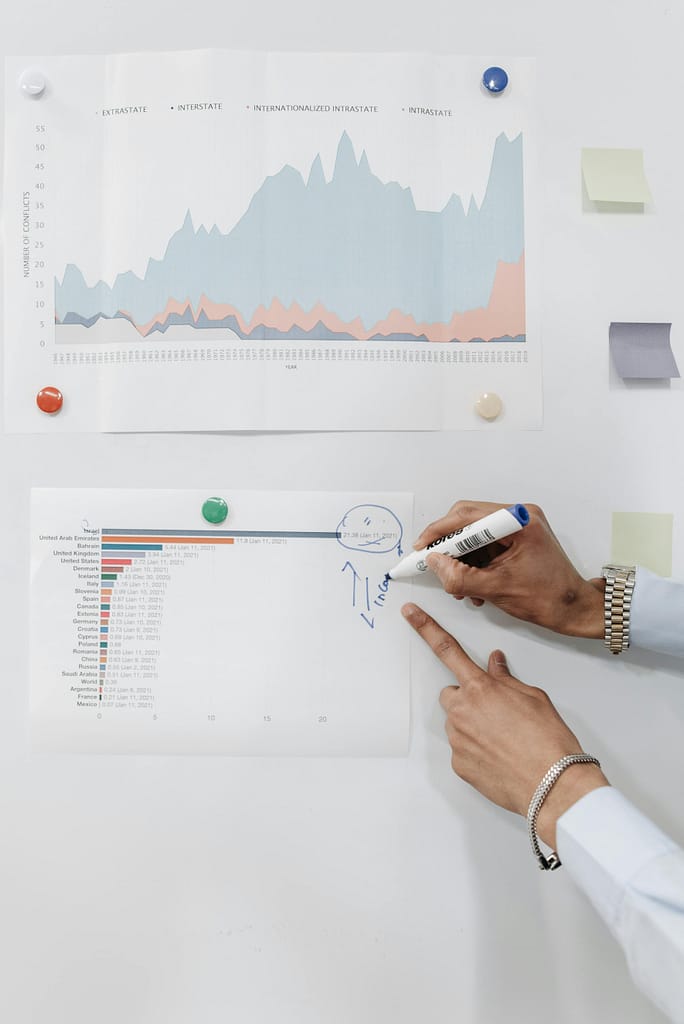Last Updated on November 12, 2024 by Tanya Janse van Rensburg
In today's visually driven world, the power of images and visual aids cannot be understated, especially in writing.
Incorporating visual aids into your writing can elevate your work to new heights.
Whether you're a student, a professional writer, or someone who simply enjoys the art of storytelling.
These visual elements captivate the reader's attention and aid in comprehension, retention, and overall engagement with the material.
The Impact of Visual Aids on Comprehension and Retention
Visual aids are crucial in enhancing comprehension and retention of written content.
Take students. When their textbook presents walls of text, they often lose their grasp on the topic.
They often hire a paper writer to do their homework in such cases.
However, seeing a combination of text and visuals engages their multiple senses, making it easier for them to process and internalize the information.
- Studies have shown that people remember visuals better than text alone, as images create a more lasting impression on the mind.
- Visual aids help to break down complex concepts into digestible chunks, making them more accessible and easier to understand.
- By visualizing ideas, readers can better grasp the relationships between different elements and form more concrete mental connections.
How Visual Aids Can Improve Organization and Structure in Writing
Effective writing requires a clear and logical structure; visual aids can help achieve this.
Incorporating visual elements such as diagrams, flowcharts, or mind maps can help you present your ideas more organized and coherently.
- Visual aids can serve as a roadmap for your writing, helping you outline and structure your thoughts in a logical sequence.
- They can highlight the relationships between different concepts, making it easier for readers to follow the flow of your writing.
- Visual aids can also be used to break down complex topics into more manageable sections, allowing for better organization and clarity.
Enhancing Creativity and Imagination Through Visual Aids
While visual aids can help with comprehension and organization, they can also ignite creativity and imagination in both the writer and the reader.
By incorporating visuals into your writing, you can tap into the boundless possibilities of visual storytelling.
- Images can inspire new ideas and perspectives, spark creativity, and allow you to explore unconventional angles or approaches to your writing.
- Visual aids can transport readers to different worlds or scenarios, stimulating their imagination and fostering a deeper connection with your work.
- Combining text with visuals creates a multidimensional experience that engages the reader on multiple levels, making your writing more immersive and memorable.
The Use of Visual Aids to Enhance Persuasive Writing
In persuasive writing, visual aids can be powerful tools for convincing and influencing your audience.
By presenting data, statistics, or arguments visually compellingly, you can reinforce your points and make a lasting impact.
- Infographics, charts, and graphs can communicate complex data or statistics effectively, making your arguments more digestible and impactful.
- Visual metaphors or analogies can simplify abstract concepts, making them more relatable.
- Incorporating visuals that evoke emotion or create a sense of urgency can strengthen your persuasive appeal and drive your message home.
Incorporating Visual Aids in Descriptive Writing
Descriptive writing aims to paint vivid pictures with words, and visual aids can be a powerful ally in achieving this goal.
By incorporating visuals, you can enhance the reader's ability to visualize and experience the scenes, characters, or objects you describe.
- Photographs, illustrations, or sketches can provide a visual reference point, allowing readers to better imagine the details you describe.
- Visual aids can capture the essence of a setting, character, or object, helping bring your descriptions to life.
- Combining visuals with descriptive language creates a multi-sensory experience that deeply engages the reader's imagination.
Using Visual Aids to Support Informative and Explanatory Writing
Whether you're writing a technical manual, a research paper, or an educational resource, visual aids can be invaluable in supporting informative and explanatory writing.
Presenting information in a visually appealing and accessible manner can enhance the reader's understanding and retention.
- Diagrams, illustrations, or step-by-step visuals can simplify complex processes or concepts, making them easier to comprehend.
- Visual aids can help highlight key points or essential information, ensuring readers don't miss crucial details.
- By incorporating visuals that complement and reinforce the written content, you create a more engaging and practical learning experience.
The Role of Visual Aids in Engaging and Captivating the Reader
In an age of constantly competing for attention, visual aids can be powerful for capturing and retaining the reader's interest.
You can create a more immersive and captivating experience by incorporating visually striking elements into your writing.
- Eye-catching visuals can draw the reader's attention and pique their curiosity, encouraging them to delve deeper into your work.
- Visual aids can break up dense blocks of text, providing visual relief and preventing reader fatigue.
- By incorporating visuals that evoke emotion or create a sense of intrigue, you can foster a deeper connection with your readers and leave a lasting impression.
Practical Tips for Using Visual Aids Effectively in Writing
While the benefits of incorporating visual aids into your writing are numerous, it's essential to use them effectively to maximize their impact.
Here are some practical tips to consider.
- Choose relevant visuals that directly support the content of your writing. Avoid using visuals solely for decorative purposes.
- Ensure that your visuals are high-quality, clear, and easy to interpret. Low-quality or ambiguous visuals can detract from the overall effectiveness of your writing.
- Provide clear captions or descriptions for visuals, ensuring readers understand their significance and how they relate to the written content.
- Consider the placement and flow of visuals within your writing. Visuals should be seamlessly integrated and complement the surrounding text.
- When using visuals from external sources, be mindful of copyright and licensing restrictions. Always obtain proper permissions or use royalty-free or Creative Commons-licensed visuals.
Remember, visual aids are not mere embellishments but powerful tools that elevate your writing.
Embrace the synergy between text and visuals, and you'll unlock a world of possibilities for engaging, informative, and impactful writing.
Conclusion
Incorporating visual aids into writing significantly enhances the overall quality of communication.
They capture attention and make complex ideas more transparent.
Visuals also boost creativity and foster deeper connections with readers.
Visuals engage the audience and reinforce critical messages for persuasive, descriptive, or informative writing.
Embrace the power of images in your writing to elevate your work and leave a lasting impression.






